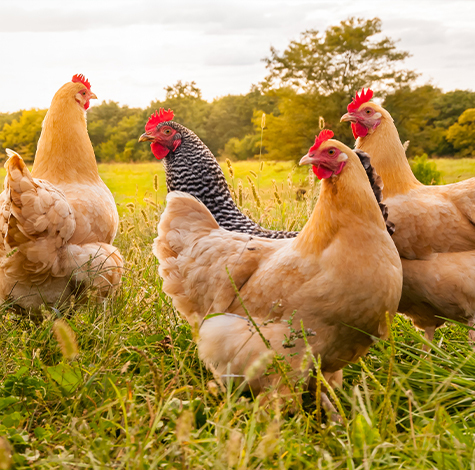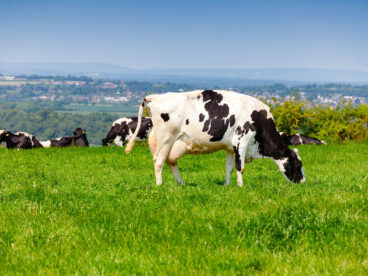Glucogenic energy is set to become a key measure in effective dairy diet formulation as Mike Chown from UFAC UK explains.
Focus on energy sources to drive efficient milk production
Glucogenic energy is set to become a key measure in effective dairy diet formulation as Mike Chown from UFAC UK explains.
“New research means we have a better understanding of how cows use the energy in the diet and produced in the rumen and this is great news for dairy farmers looking to drive efficient and economic milk production,” Mike comments. “Diets capable of efficient milk production need adequate levels of what is called glucogenic energy, which is a term all farmers need to become familiar with.”
He explains that glucogenic energy is the energy that drives milk production. “In simple terms, glucogenic energy sources produce propionate in the rumen. This is a major precursor of glucose which in turn is required for lactose production. Lactose is vital for milk yields as it is what draws water into the udder from the blood stream. The more glucose you have, the more lactose is produced and the better cows will milk.
“If we do not meet the requirement for glucogenic energy, cows will use protein as an energy source which is inefficient and expensive. Alternatively they will mobilise body fat as a source of glycerol.”
The key diet parameter is the proportion of the total energy in the diet that is glucogenic energy. Mike explains that all leading rationing systems will now report the glucogenic energy ratio.
“You are looking for a value of around 11. Ask your nutritionist what the figure is for your diet. Anything less than 11 suggests a shortage of glucogenic energy. Another check is to look at milk lactose data on milk records. A milk lactose content less than 4.6% suggests cows are short in glucogenic energy.”
If levels are low, Mike says the key is to increase the components in the diet which produce glucose but it is essential to do so while not disrupting rumen health.
“Many propionate and glucose sources are fermented quickly and can potentially lead to an increased acidosis risk. Glycerol can be an efficient source of glucogenic energy provided it is fed in a rumen-inert non-liquid form such as UFAC Glycerene or Glyco-Buf which are effective sources of glucogenic energy which do not upset rumen fermentation.
“Focussing on the glucogenic energy levels in the diet could have a significant effect on the economics of milk production this year.”


 Back to News
Back to News 



